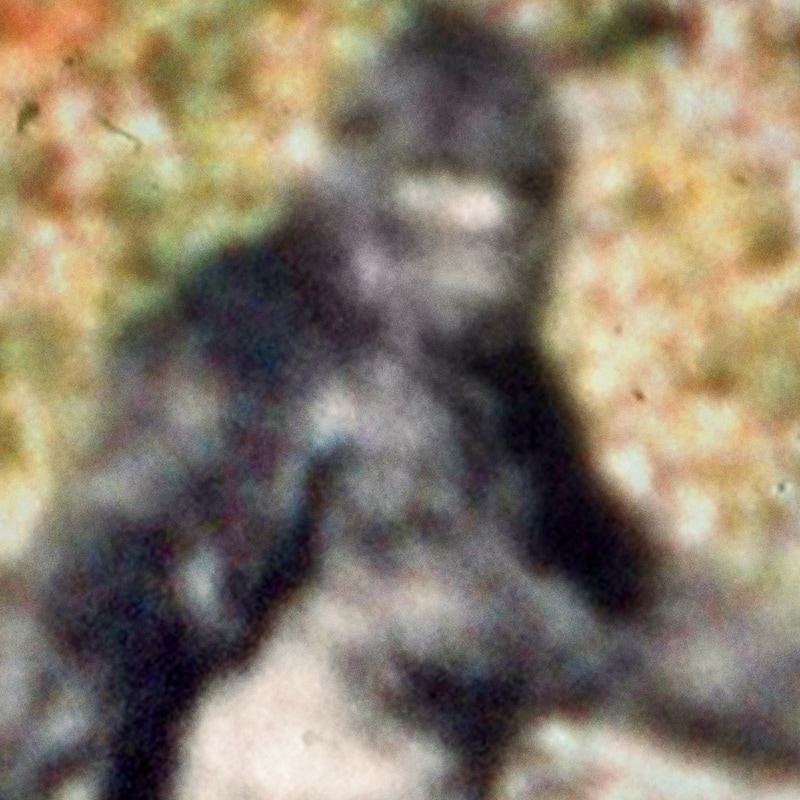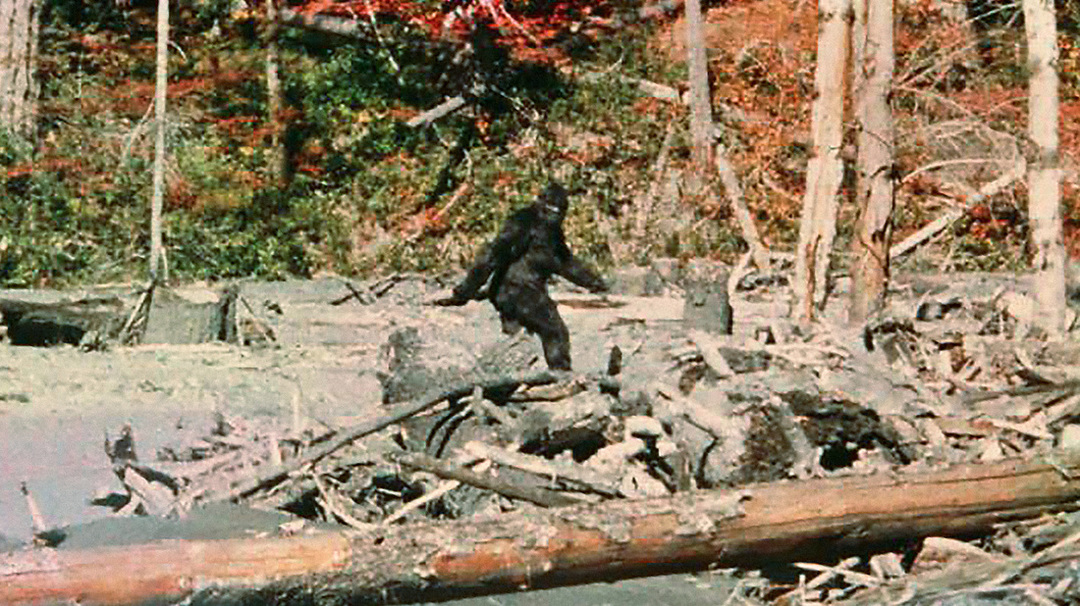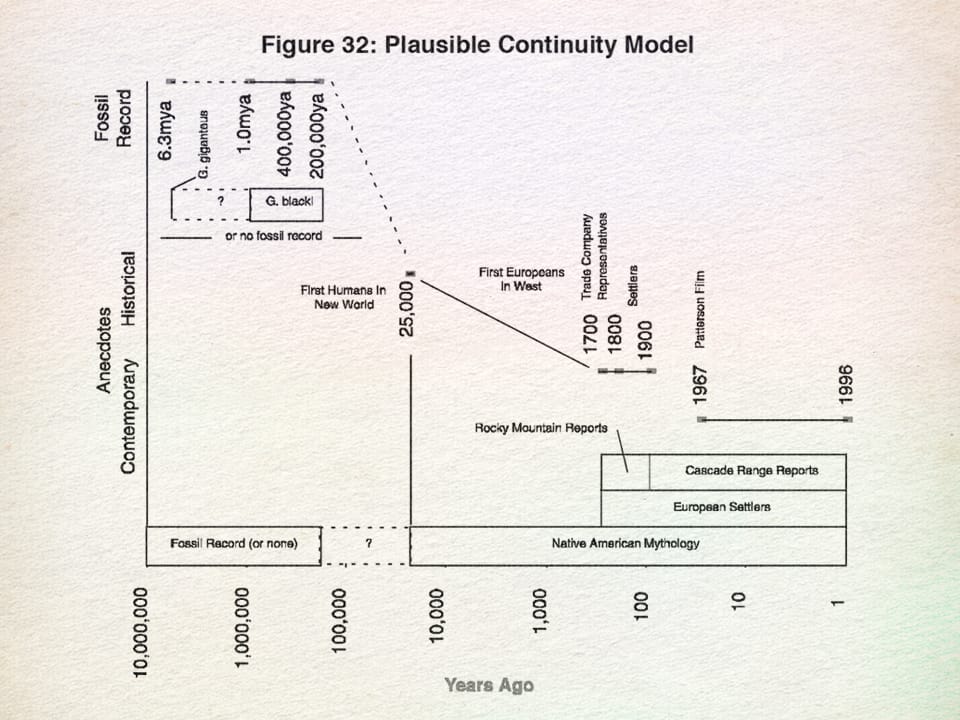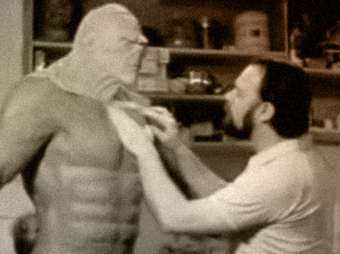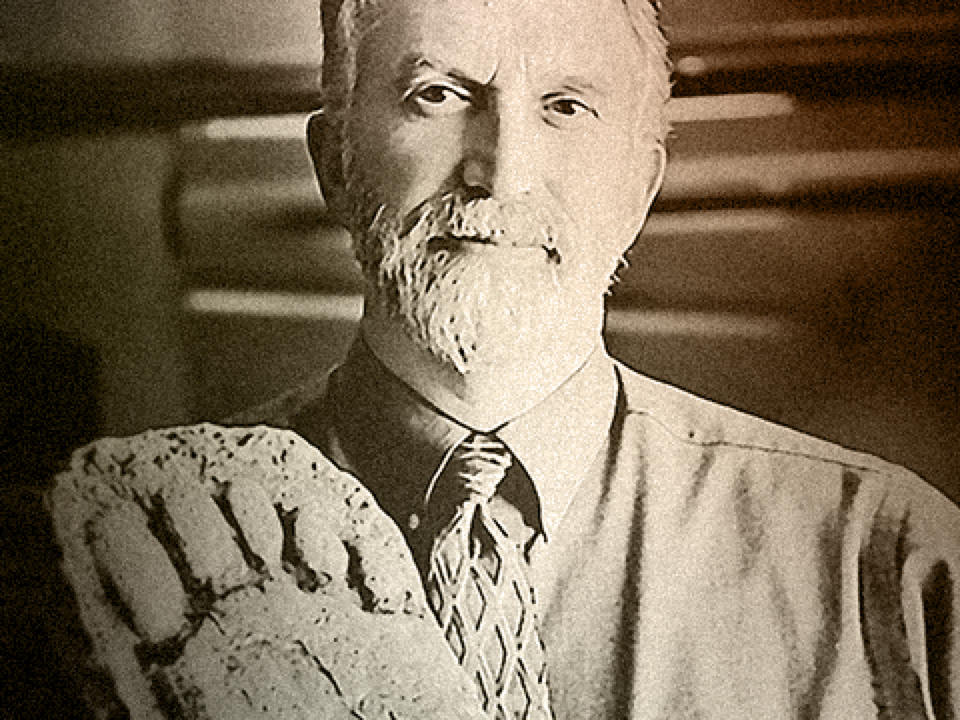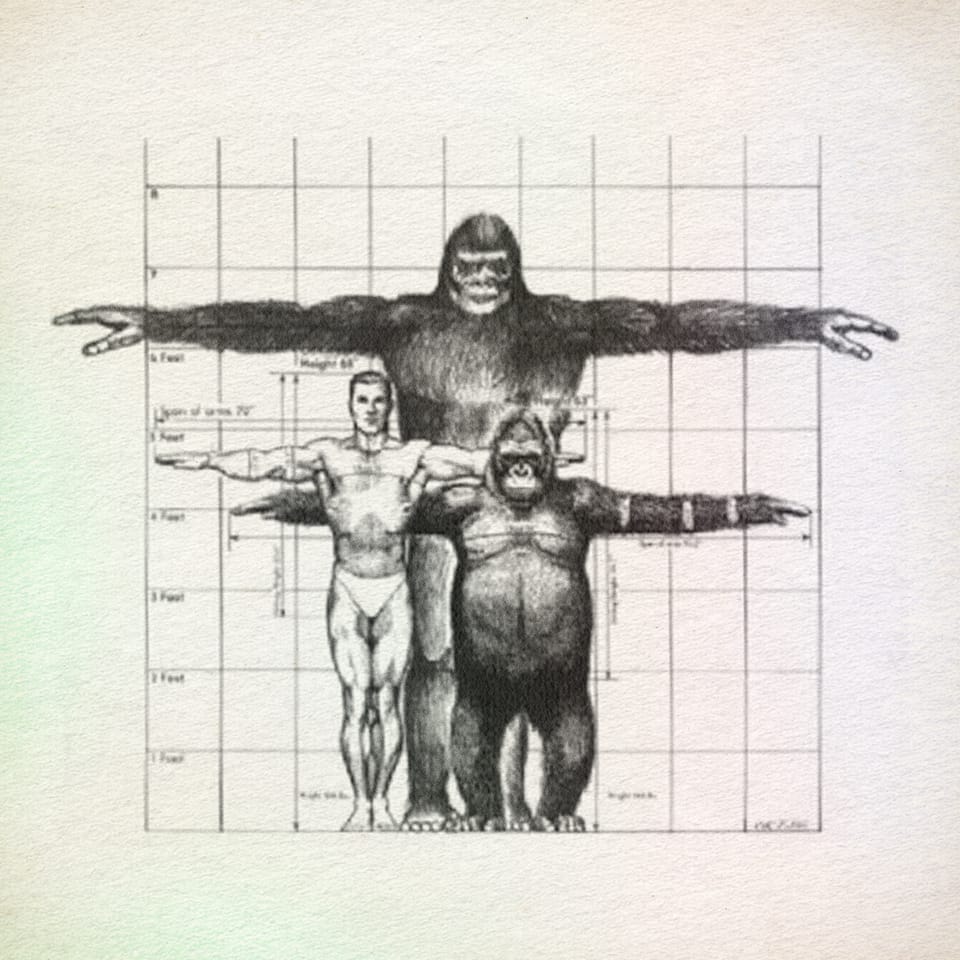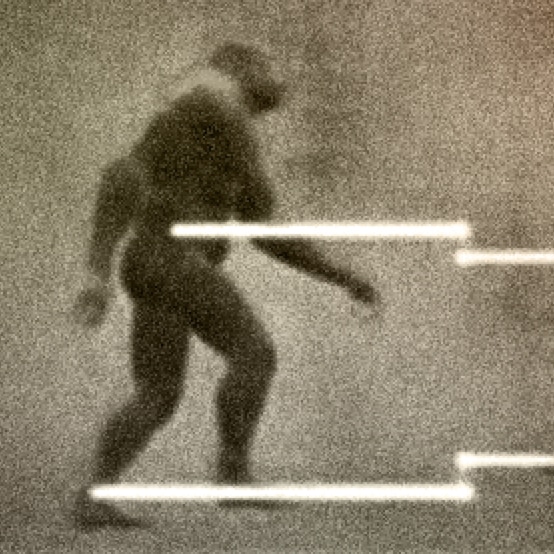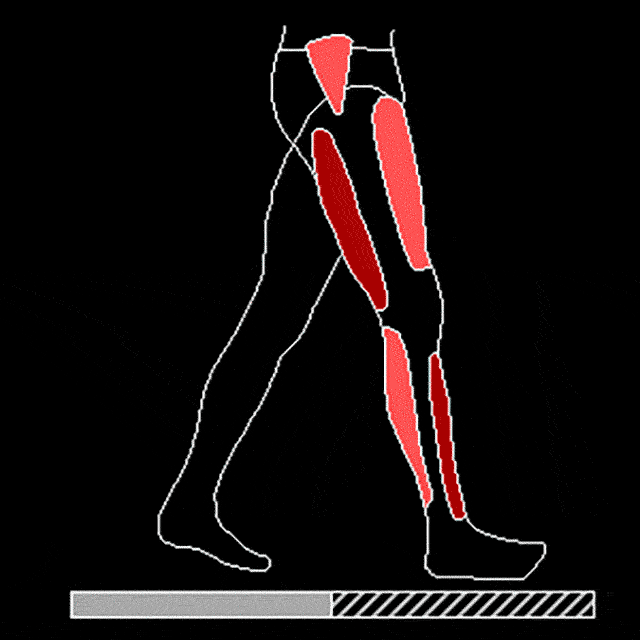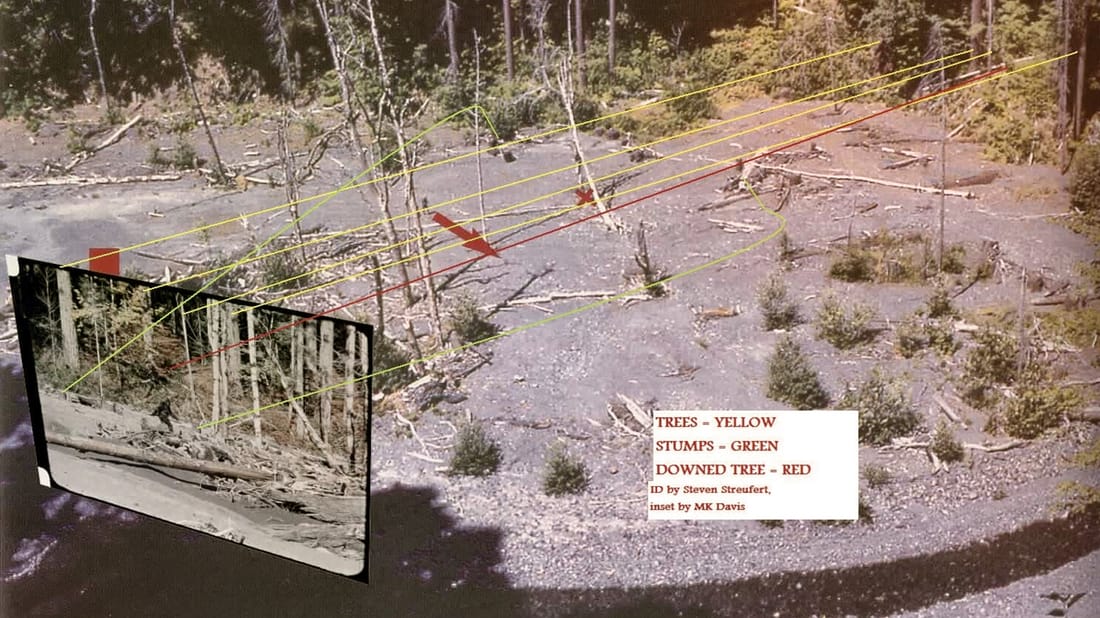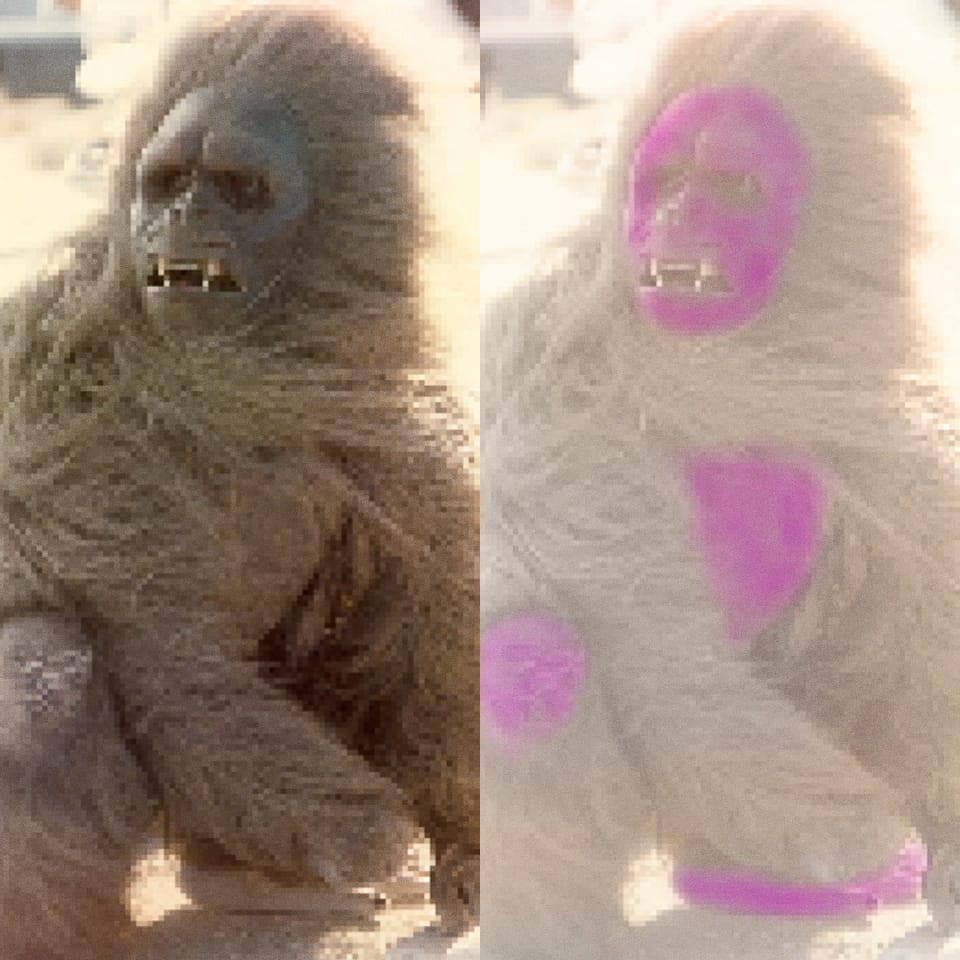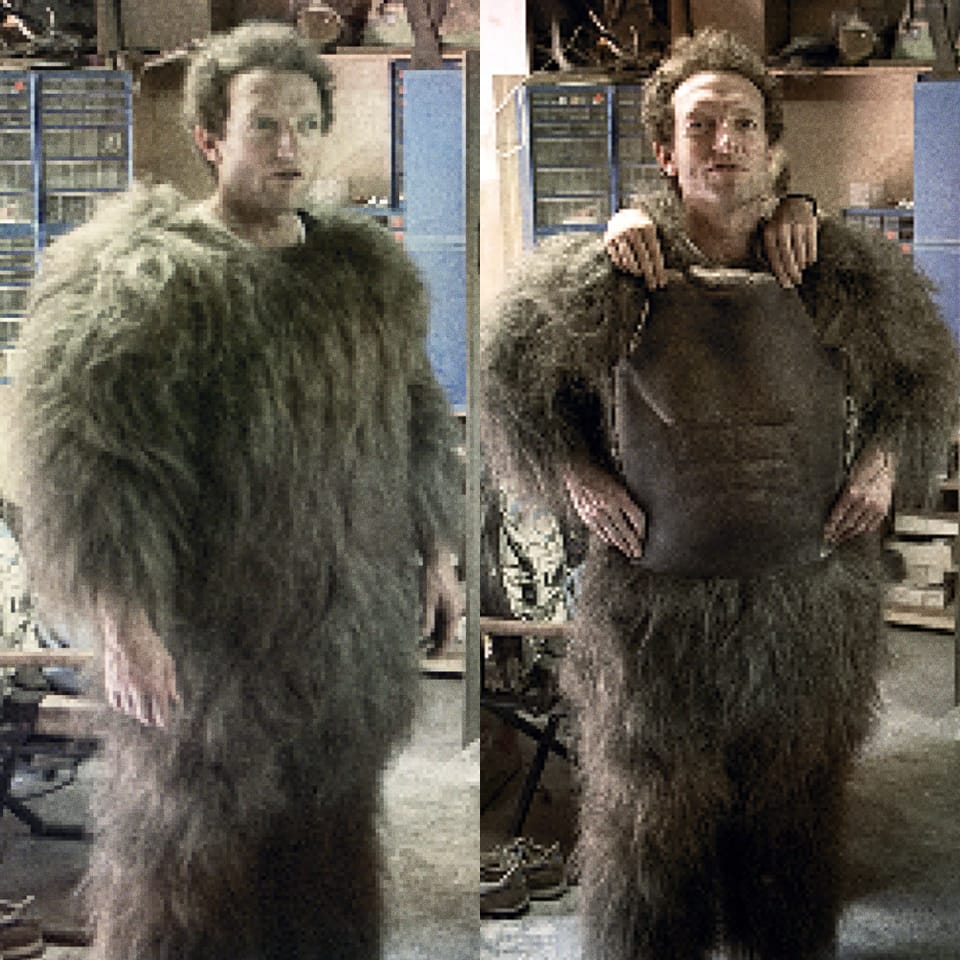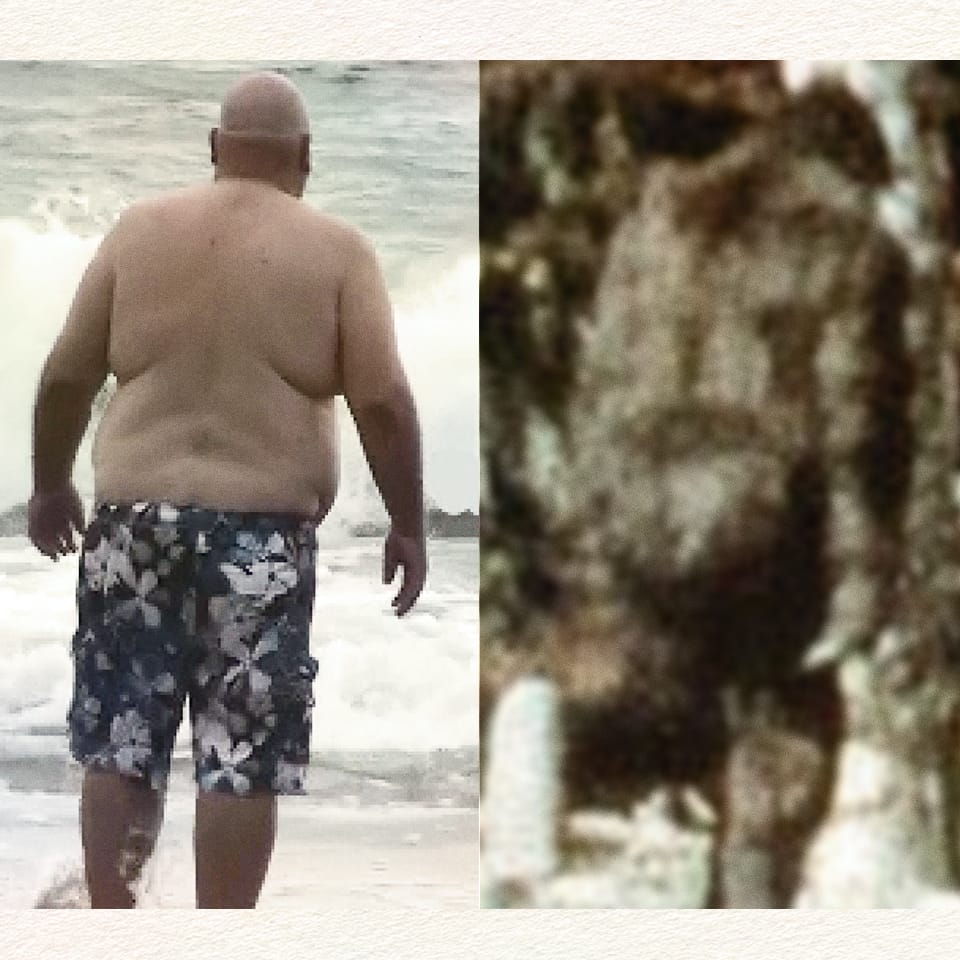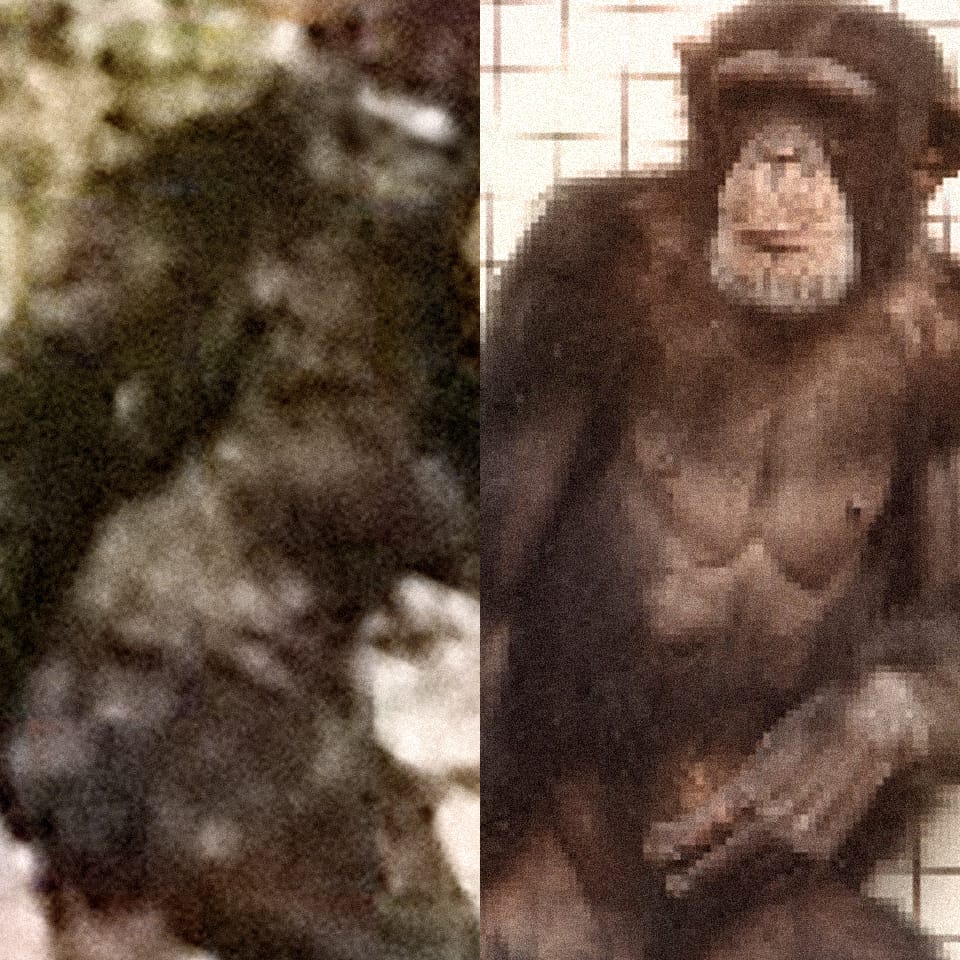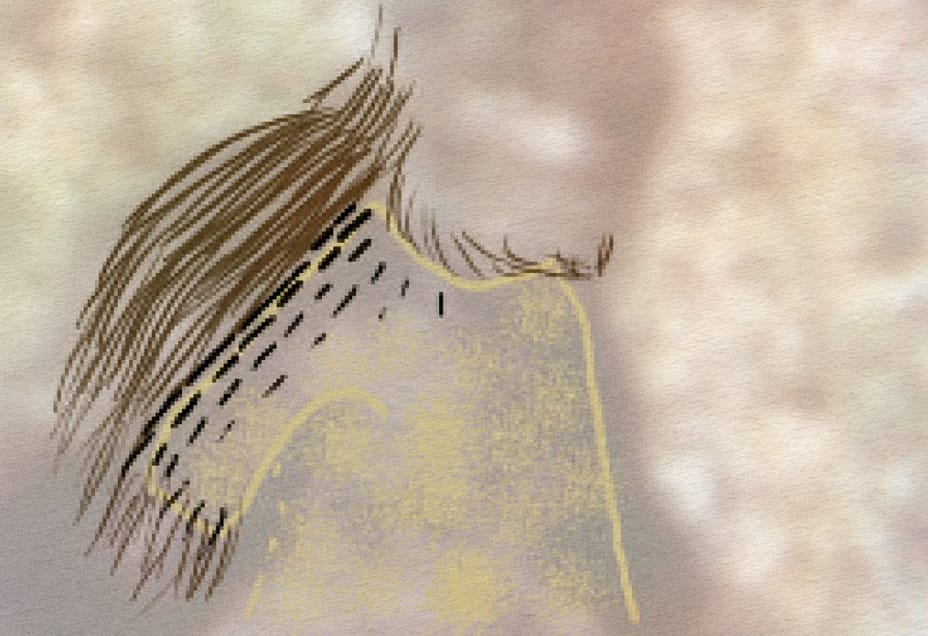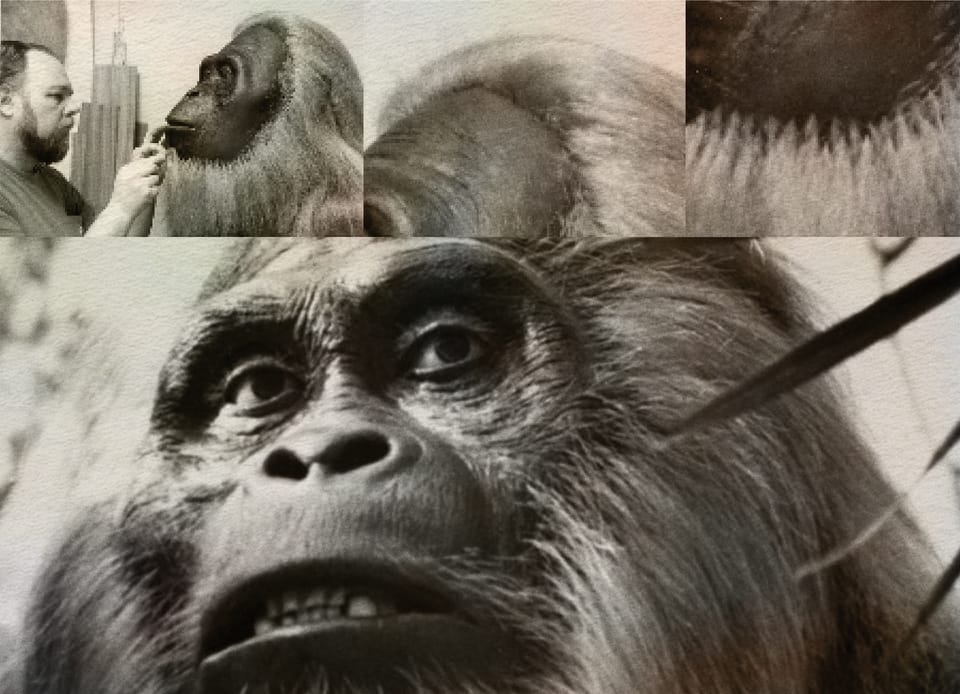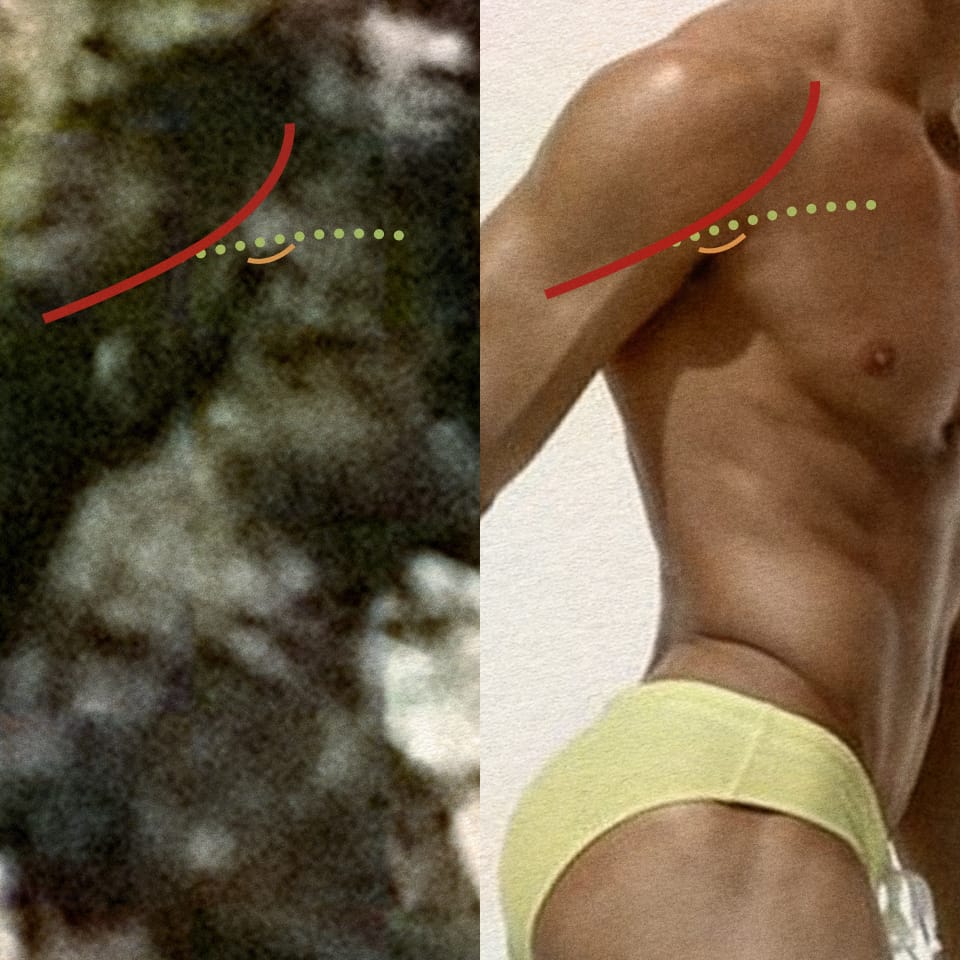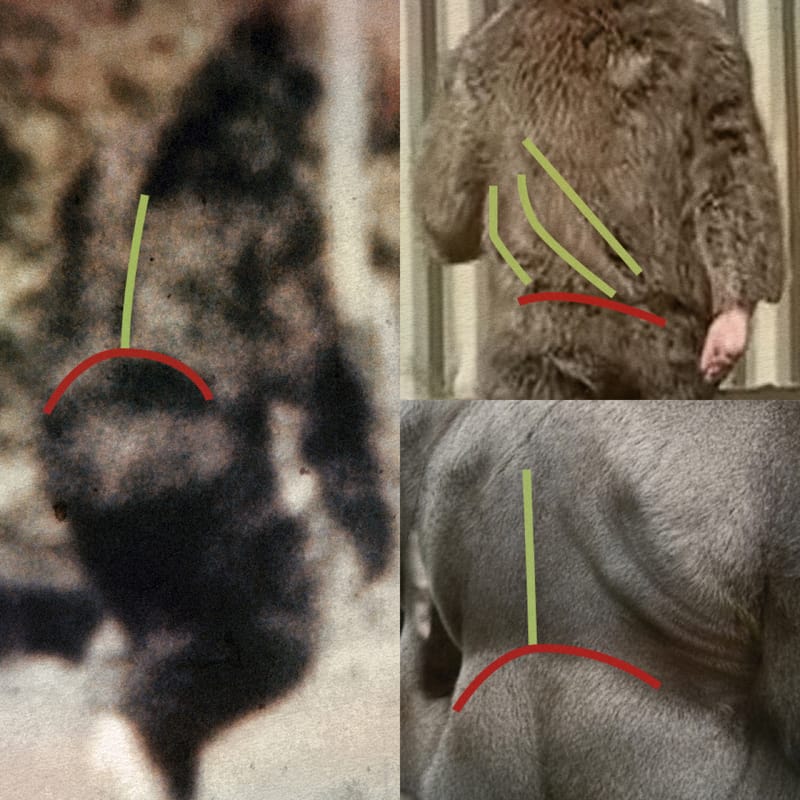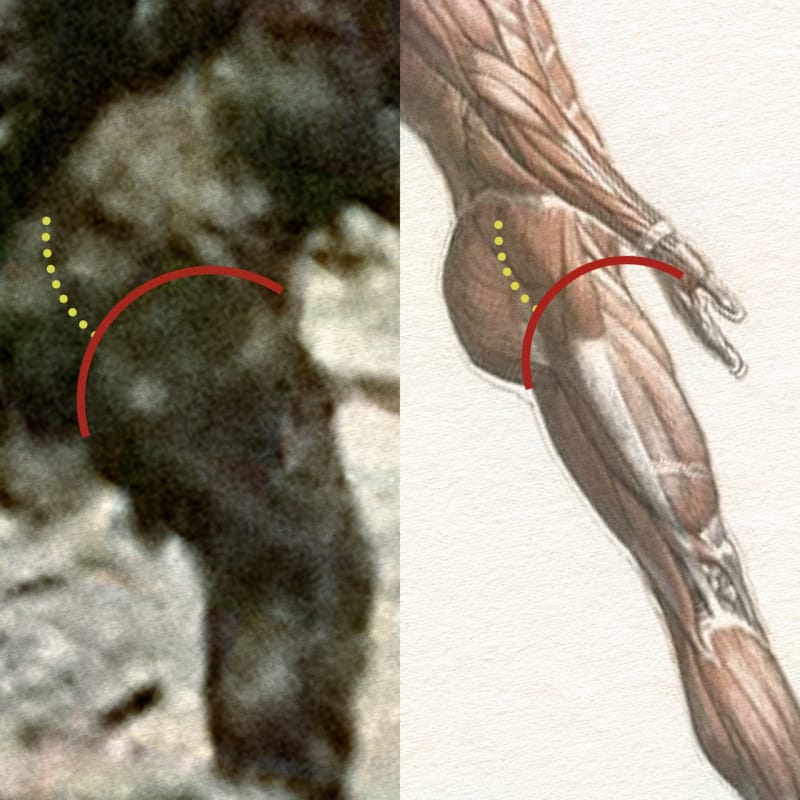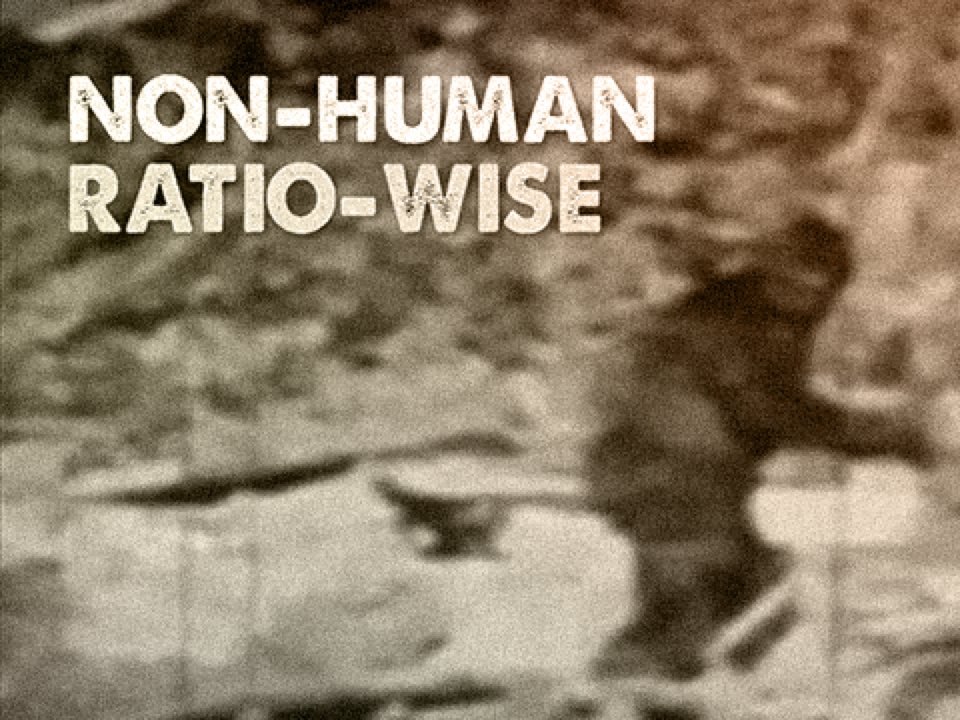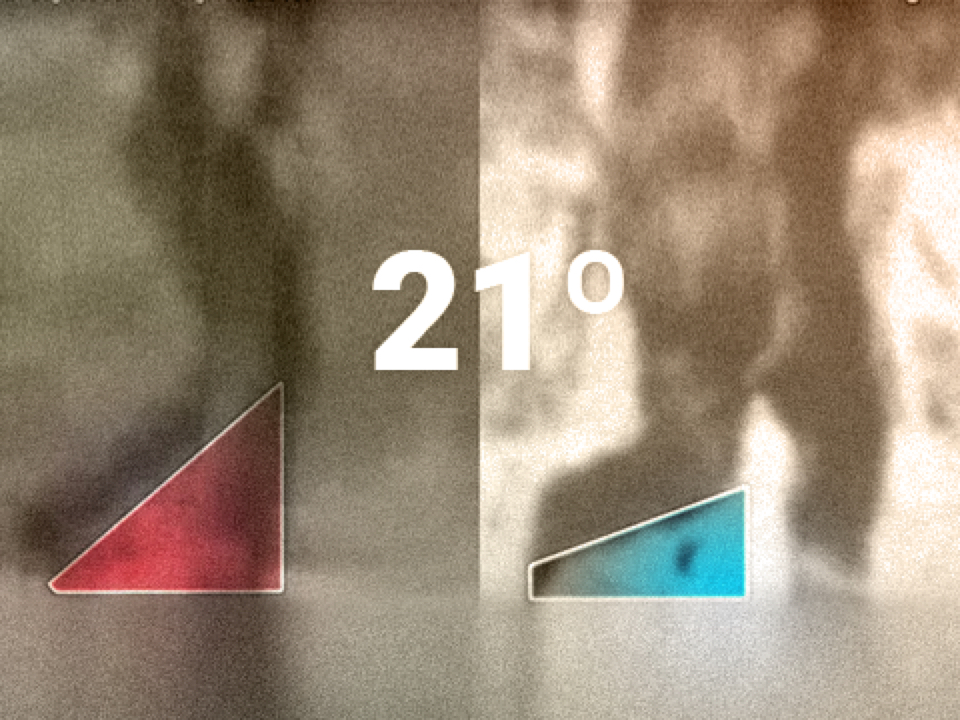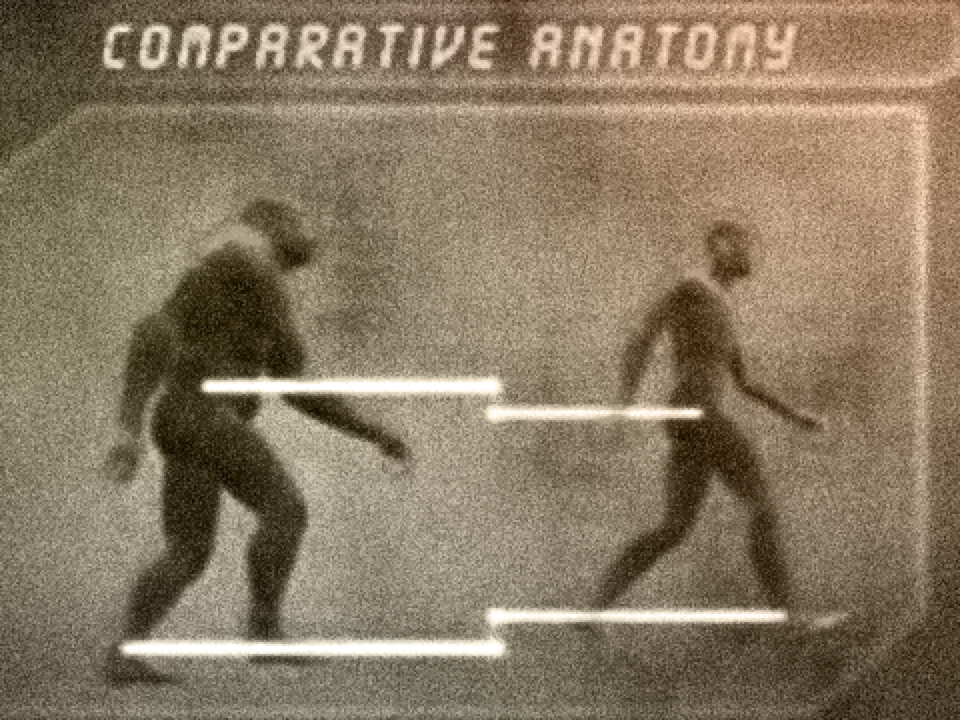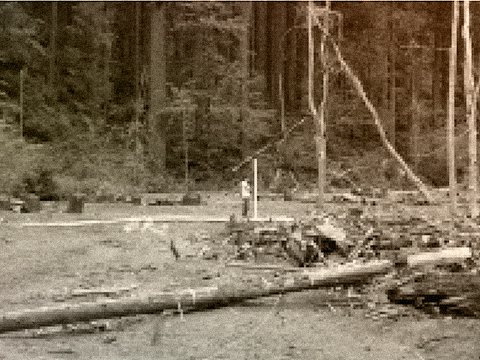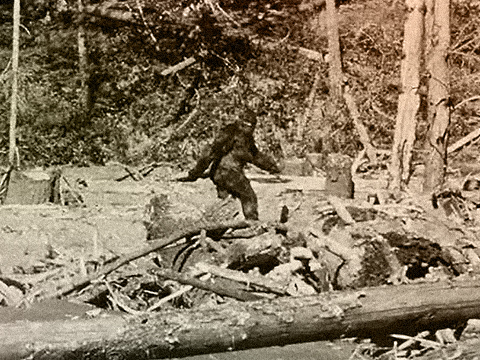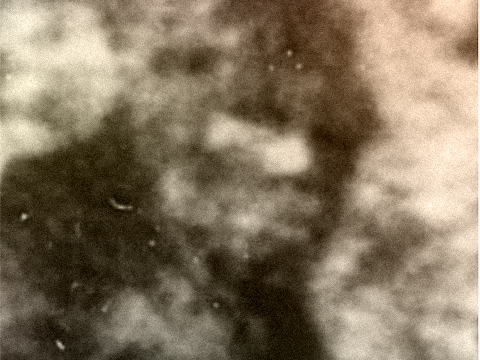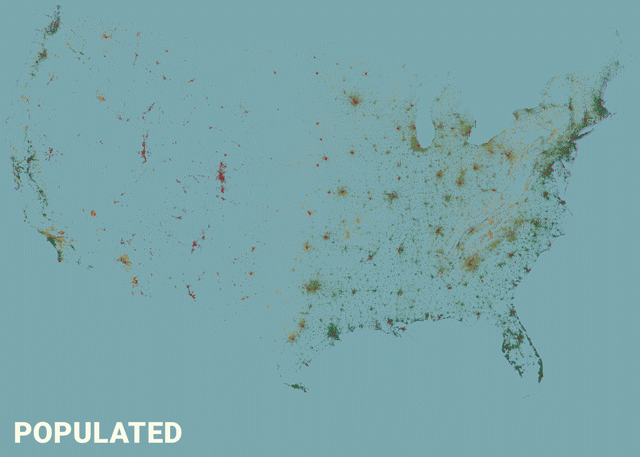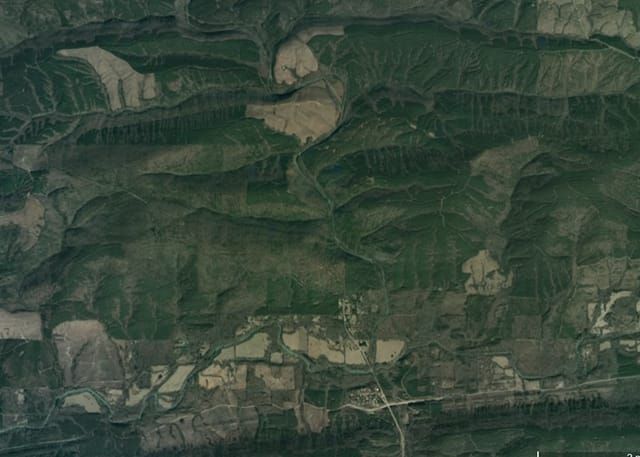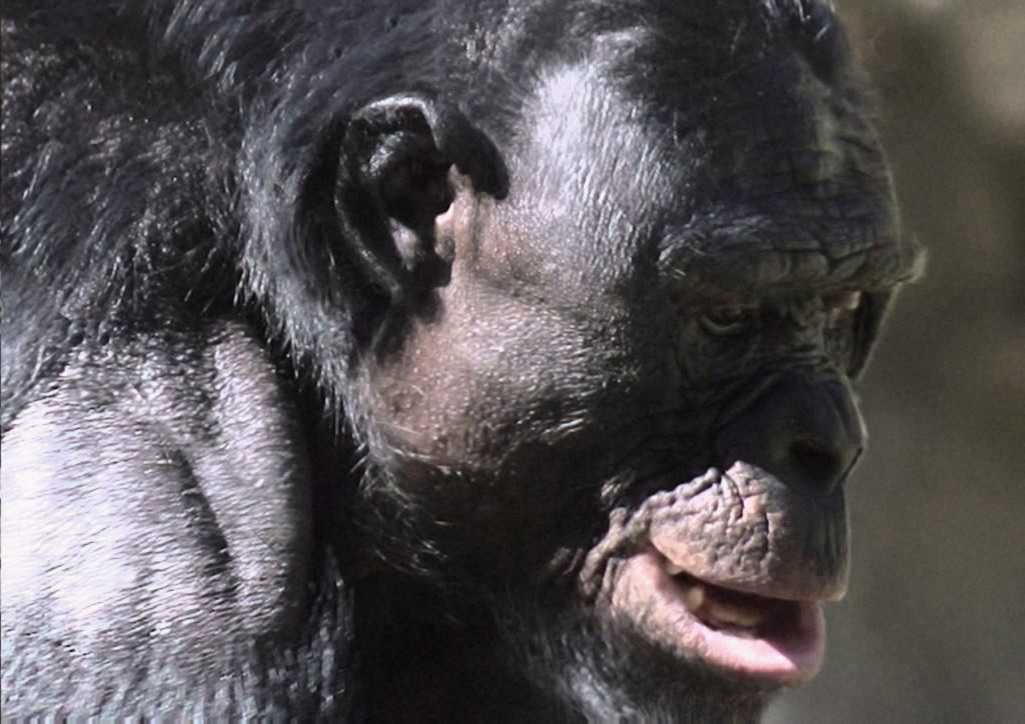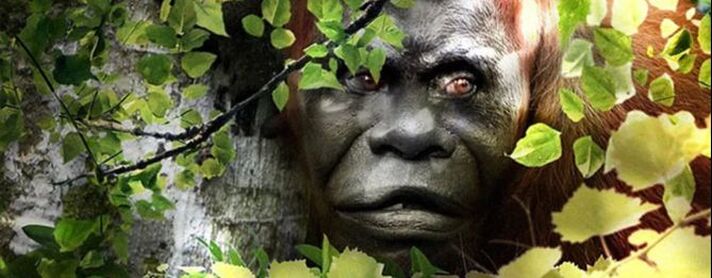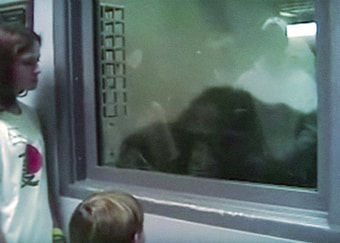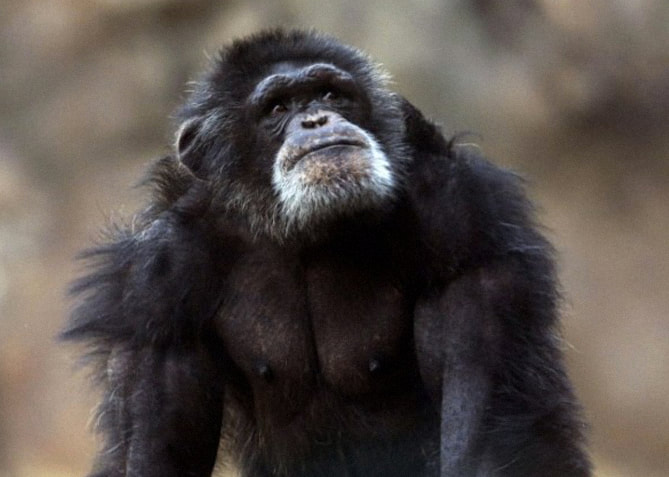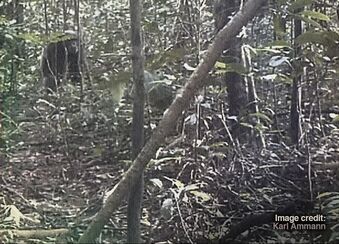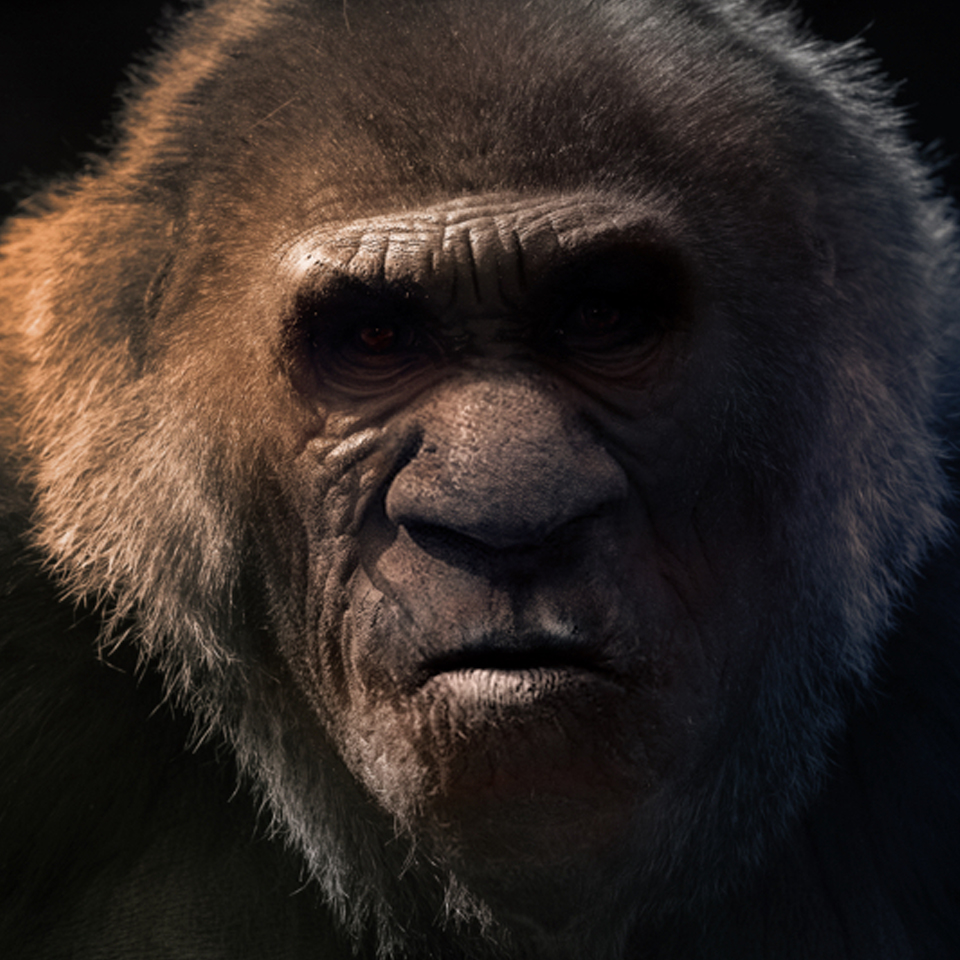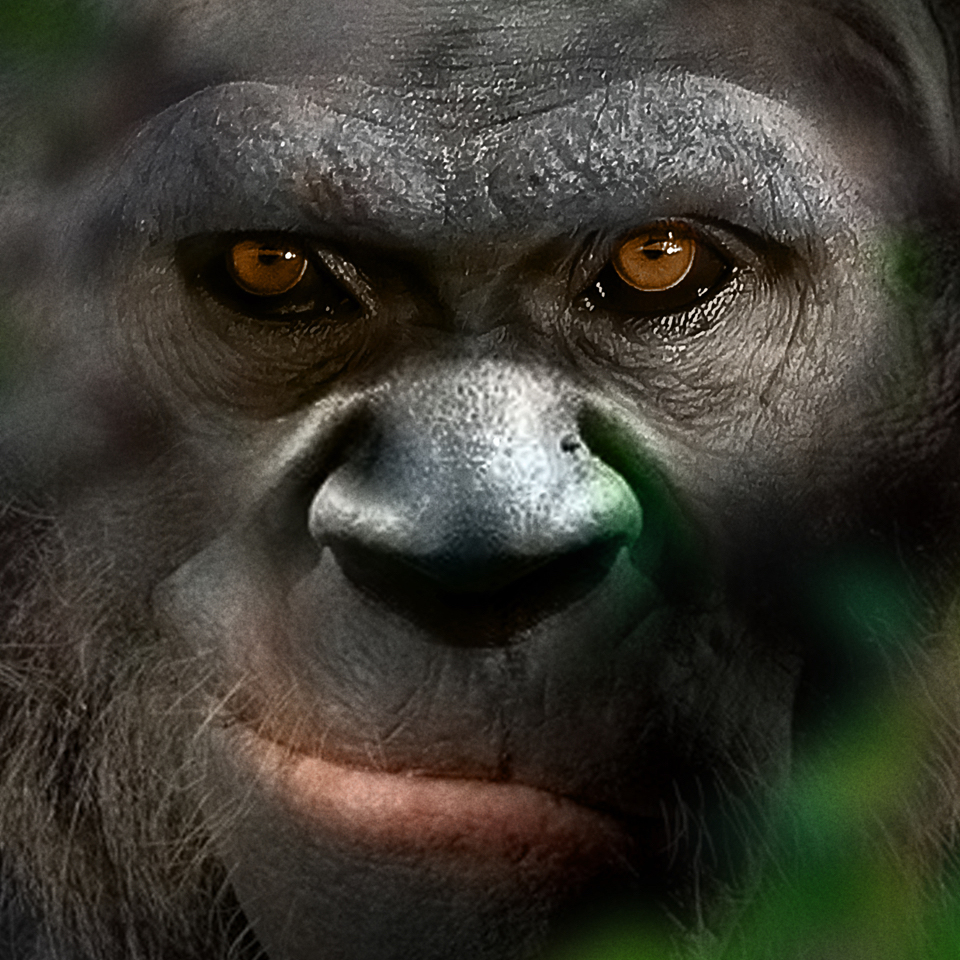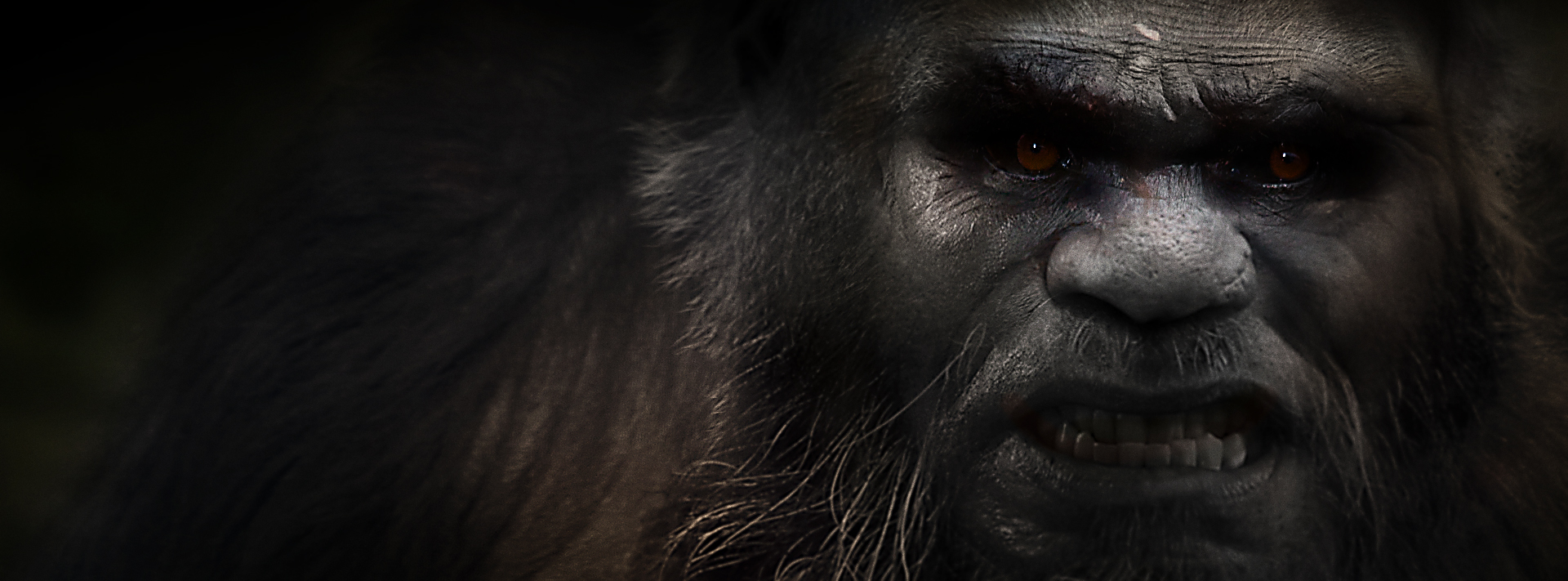Do You Believe in Bigfoot?
You shouldn't. You shouldn't believe in bigfoot anymore than you believe in giraffes. They're either real, or they're not. There is no sliding scale.
Best Evidence: The Patterson Gimlin Encounter
I. Intro
|
If you were told that Bill Murray robbed a bank, would you believe it?
Maybe, maybe not. It seems unlikely that rich, famous, lovable Bill Murray would rob a bank. But, what if multiple witnesses saw Bill Murray robbing a bank? What if he left fingerprints at the bank while robbing it? What if that bank also had video of Bill Murray committing the robbery? Then would you believe it? With this collection of evidence — unlikely or not — it would be irrational to believe that Bill Murray did not rob the bank. In 1967 multiple witnesses saw a bigfoot. It left footprints which have been cast. It is on film. With this collection of evidence — unlikely or not — it would be irrational to believe bigfoot is not real. |
The Patterson Gimlin Film
In 1967 Roger Patterson and Bob Gimlin encountered a bigfoot at Bluff Creek in Humboldt County, California. They documented the purported bigfoot on film and made casts of its footprints.
|
Why is The Film So Important?
The film shows a living, non-human subject. If it is authentic then it's proof of an unrecognized species of large hairy hominoids living in America as of 1967.
|
II. About The Film
Roger Patterson and Bob Gimlin went looking for, and found, a bigfoot. Roger Patterson filmed the bigfoot. The film, taken on October 20, 1967 has become the most famous "bigfoot" film footage ever captured and the subject in the film, looking back at the camera while walking away, has become the iconic photo people around the world now associate with the very word "bigfoot".
The Patterson-Gimlin film was, and remains, controversial. The reason for controversy is that bigfoot was, and remains, an uncatalogued species. If this were footage showing a black bear, there would be no controversy. The film has been studied for 50 years. Scientists and multi-disciplinary experts have presented arguments supporting the film's authenticity. A fraction of those arguments are presented below, on this page.
The strongest argument against the film's authenticity is "Bigfoot does not exist, therefore the video of the bigfoot is fake."
The Patterson-Gimlin film was, and remains, controversial. The reason for controversy is that bigfoot was, and remains, an uncatalogued species. If this were footage showing a black bear, there would be no controversy. The film has been studied for 50 years. Scientists and multi-disciplinary experts have presented arguments supporting the film's authenticity. A fraction of those arguments are presented below, on this page.
The strongest argument against the film's authenticity is "Bigfoot does not exist, therefore the video of the bigfoot is fake."
III. Is the Film for Real?
YES.
How do we know? Multiple experts have proven these things to be true: The film is authentic. The subject in the film is non-human. The associated footprints are legitimate.
How do we know? Multiple experts have proven these things to be true: The film is authentic. The subject in the film is non-human. The associated footprints are legitimate.
ARE YOU SURE? BECAUSE, I HEARD IT WAS A HOAX
There's a lot of information below proving the PGF is real. But, if what you want is proof that it's not a hoax, then you should read this essay on the complete failure to debunk the film or prove it is a hoax.
There's a lot of information below proving the PGF is real. But, if what you want is proof that it's not a hoax, then you should read this essay on the complete failure to debunk the film or prove it is a hoax.
WHO ARE THE EXPERTS?
These experts are not bigfoot experts. They are experts in their professions and fields of study. A Certified Forensic Examiner, a Hollywood Creature Designer, and a Professor of Anatomy and Anthropology with expertise in Primate Functional Morphology. Their combined conclusions address the authenticity of the Bluff Creek Encounter from multiple points of view.
These experts are not bigfoot experts. They are experts in their professions and fields of study. A Certified Forensic Examiner, a Hollywood Creature Designer, and a Professor of Anatomy and Anthropology with expertise in Primate Functional Morphology. Their combined conclusions address the authenticity of the Bluff Creek Encounter from multiple points of view.
|
JEFF GLICKMAN
A Certified Forensic Examiner. Performed three years of intensive computer analysis on the film.
|
WILLIAM MUNNS
Special FX and Make-up Designer Authored the Munn Report and co-authored several papers supporting the authenticity of the film.
|
|
The Burden of Proof
I. Forensic Examination
THE FILM: THE NASI REPORT
From 1995 to 1998 an intensive scientific analysis of the Patterson/Gimlin film was undertaken by Jeff Glickman, a certified forensic examiner. In June 1998, Mr. Glickman released a research report entitled "Toward a Resolution of the Bigfoot Phenomenon." The report findings are highly positive that the creature filmed was a natural animal. Mr. Glickman declares the following in his closing statement: "Despite three years of rigorous examination by the author, the Patterson film can not be demonstrated to be a forgery at this time."
The full NASI Report, an analysis of the Bigfoot Phenomenon, is dense with well articulated information. The abridged report deals specifically with the Patterson-Gimlin Film. Both are worth the time to read. Here are some highlights from the PGF analysis:
From 1995 to 1998 an intensive scientific analysis of the Patterson/Gimlin film was undertaken by Jeff Glickman, a certified forensic examiner. In June 1998, Mr. Glickman released a research report entitled "Toward a Resolution of the Bigfoot Phenomenon." The report findings are highly positive that the creature filmed was a natural animal. Mr. Glickman declares the following in his closing statement: "Despite three years of rigorous examination by the author, the Patterson film can not be demonstrated to be a forgery at this time."
The full NASI Report, an analysis of the Bigfoot Phenomenon, is dense with well articulated information. The abridged report deals specifically with the Patterson-Gimlin Film. Both are worth the time to read. Here are some highlights from the PGF analysis:
|
ESTIMATED SIZE OF THE FILM SUBJECT
Measurements
Height 7’ 3½" | Waist Perimeter 81.3" | Chest Perimeter 83" | Mass 1,957 lbs Arm Length: 43" The arm length of the subject is 5.5 standard deviations from the human mean which is present in one out of 52.5 million people Leg Length: 40" The leg length of the subject is 3.0 standard deviations from the human mean which is present in one out of 1,000 people |
MORPHOLOGY
The subject’s hand appears to be between that of the gorilla and the human. Hand flexion is evident in the film, demonstrating that the hand is not a solid, inflexible prosthesis.
The face and head appear to be gorilla-like in profile, but human-like when viewed from the front. The relationship between the frontal brow, nose and mouth of the subject is between that of the mountain gorilla and the human. |
KINEMATICS
The kinematics section investigates the motion of the subject's knee as compared to that of a human and illustrates one of the muscle groups seen in motion in the Patterson-Gimlin film.
A cycle for the human knee contains two distinct phases, a swing phase and a weight transfer phase. The film subject shows a more gradual transfer of weight rather than a separate phase. Assuming the subject knee delta is not overwhelmed with noise, the film subject is not employing typical human locomotion. |
II. Film Analysis
THE FILM: THE MUNNS REPORT
For seven years Bill Munns analyzed the Patterson-Gimlin Film and studied the strange creature seen in the film with state-of-the-art technology.
His conclusion:
"The film is authentic and the “creature” seen in that film is in fact some real biological entity often called a “Bigfoot” or “Sasquatch” and is not a hoaxed figure accomplished with a normal human in a costume of any kind."
The Munns Report is the culmination of that seven year research program. It focuses on the film itself, and the data within the film, to try and answer the simple question of what it is we see walking through that film. Is it really just a hoax with a human in a fur costume, or is it something biologically real, as it appears, something commonly called "bigfoot" or sasquatch?"
His conclusion:
"The film is authentic and the “creature” seen in that film is in fact some real biological entity often called a “Bigfoot” or “Sasquatch” and is not a hoaxed figure accomplished with a normal human in a costume of any kind."
The Munns Report is the culmination of that seven year research program. It focuses on the film itself, and the data within the film, to try and answer the simple question of what it is we see walking through that film. Is it really just a hoax with a human in a fur costume, or is it something biologically real, as it appears, something commonly called "bigfoot" or sasquatch?"
III. Subject Analysis
THE CREATURE: NOT A COSTUME
-Munns
-Munns
|
RUBBER SUITS
In terms of general foundation information, I should first clear up the issue of rubber suits. Fur costumes and "ape suits" do have rubber parts. The design choices were what those parts were, how extensively they would cover the parts of the body, which rubber material was to be used, and what technique of hair transition was to be used to blend the fur into the skin areas for a natural look.
|
MATERIALS
Back in the 60's and even going on into the 70's, the choices were few, and they were all rubber. Foamed Latex was generally the best material, the most flexible and light weight. Second best was a molded section with a slip rubber latex skin, used for the outer surface, backed by a molded flexible polyureathane foam compound.
|
FLAB
Call it what you like, the film has definite examples of soft, non-muscular tissue. In 1967, we just had foam. And foam only does "flabby" well if it's shaped to look flabby and not moved. Once moved, foam tends to collapse. Today, with spandex-backed all-way stretch fur, the spandex fur will tend to impose it's one elastic shape dynamics on any fat suit gel mass underneath, and will not give a realistic "flab" look and contour motion to a fur covered suit.
|
|
THE HAIR TRANSITION
Look at the hair pattern from both the standpoint of real biology, and fabricated costume process. The Patterson Filmed Subject (PFS) has hair on the body, including a thick mass on the shoulder about where the deltoid muscle is. And the PFS has a near bare area at the fold of the armpit, so there's a transition of hair mass from very thick to thin or none, in a distinct pattern.
|
This is the hardest transition to accomplish well, indeed so hard that most makeup artists avoid it in their designs. It has the highest prospect for looking bad, and that would discredit the artist doing the work. So in general, we avoid setting up the fur patterns of a costume to result in having to try this type of fur transition effect.
But this hair direction and transition of density is precisely what we see in the PGF film, and if
we made a rubber chest piece with an armpit fold, this is the exact type of hair transition we would be forced to try and accomplish on such a suit, to achieve what is seen in the PGF. The transition from the dense tuff of hair on the shoulder top, to the almost bare armpit fold, represents the hardest hair transition effect we could design, the one we tend to avoid at all cost when making suits. So to argue for the Patterson Filmed Subject being a suit requires that we consider why such a challenging and often unsuccessful design of hair transition would be chosen, when easier and more successful options are available. |
Conclusion: The characteristics of the Patterson Film Subject (hair, fat, and musculature) would be extremely difficult, and in some instances impossible to recreate using the limited materials available for creature/costume design in 1967.
THE CREATURE: SURFACE ANATOMY
Bill Munns and Dr. Jeffrey Meldrum collaborated to study the Patterson Film Subject to determine, in terms of musculoskeletal anatomy, if it is biologically real, or costume material flaws (a hoax). They studied the PGF hominid’s anatomy, compared it to human surface anatomy and great ape anatomy. Then compared it to fur costume design and form. the resemblance to real anatomy is not only apparent but prevails as the more probable explanation for the nature of the PGF hominid.
These observations support the conclusion that we are not observing a costume, but rather a real and novel hominid whose body has a modest natural hair coat.
Bill Munns and Dr. Jeffrey Meldrum collaborated to study the Patterson Film Subject to determine, in terms of musculoskeletal anatomy, if it is biologically real, or costume material flaws (a hoax). They studied the PGF hominid’s anatomy, compared it to human surface anatomy and great ape anatomy. Then compared it to fur costume design and form. the resemblance to real anatomy is not only apparent but prevails as the more probable explanation for the nature of the PGF hominid.
These observations support the conclusion that we are not observing a costume, but rather a real and novel hominid whose body has a modest natural hair coat.
"The presence of equivalent surface anatomy features in the hominid body that are consistent with observed traits of the PGF hominid nullifies previous claims that such traits of necessity indicate a costume. Rather they are consistent with the conclusion that the PGF hominid indeed represents a novel primate species."
The Article is titled: "SURFACE ANATOMY AND SUBCUTANEOUS ADIPOSE TISSUE FEATURES
IN THE ANALYSIS OF THE PATTERSON- GIMLIN FILM HOMINID" By Bill Munns and Jeff Meldrum
IN THE ANALYSIS OF THE PATTERSON- GIMLIN FILM HOMINID" By Bill Munns and Jeff Meldrum
Summary
The film is genuine.
Board Certified Forensic Examiner Jeff Glickman:
The report findings are highly positive that the creature filmed was a natural animal. Mr. Glickman declares the following in his closing statement: "Despite three years of rigorous examination by the author, the Patterson film can not be demonstrated to be a forgery at this time."
It's not a costume.
Special FX and Make-up Designer William Munns
The characteristics of the Patterson Film Subject (hair, fat, and musculature) would be extremely difficult, and in some instances impossible to recreate using the limited materials available for creature/costume design in 1967.
The PGF hominid indeed represents a novel primate species.
Full Professor of Anatomy and Anthropology Dr. Jeffrey Meldrum:
Together, the track casts, photographs of the tracks, and the film present a set of tracks typical of a ‘‘living’’ trackway.
"The presence of equivalent surface anatomy features in the hominid body that are consistent with observed traits of the PGF hominid are consistent with the conclusion that the PGF hominid indeed represents a novel primate species."
The brief film portrays an upright hair-covered figure, exhibiting a compliant gait (walking on flexed knees and hips) on flat, flexible feet. A trackway of clear footprints was left in the loamy sandbar at the site along Bluff Creek. Two exceptionally distinct footprints were cast by Patterson, representing a right and a left foot. These were markedly flat and exhibited little or no dynamic features that might imply the points of flexible articulation, although the exceptionally clear outline does preserve details of contour that appear to indicate such landmark features as the Hallucial metatarsophalangeal joint, the navicular tuberosity, and the tuberosity of the fifth metatarsal. Subsequent events shed additional light on the film subject’s foot morphology. Lyle Laverty, a U.S. Forest Service timber cruiser, came upon the site a short time after the filming and took several color slides of the subject’s deeply impressed footprints (Perez, 2003; Laverty, personal communication). The footprints Laverty photographed revealed clear evidence of foot dynamics. Of particular note is the repeated appearance of a midtarsal pressure ridge (Figure 5). Less than two weeks later, Bob Titmus, a professional taxidermist, visited the site and cast a series of 10 sequential footprints, a number of which had been covered to protect them from the elements.1 Included was the print with the prominent pressure ridge photographed earlier by Laverty (Figure 6). This Evolution of Bipedalism 71 sequence of casts is very informative and exhibits the qualities of variation in apparent length, toe position, and flexibility typical of a ‘‘living’’ trackway."
Footprints
Report authored by Dr. Jeffrey Meldrum: Midfoot Flexibility, Fossil Footprints, and Sasquatch Steps- New Perspectives on the Evolution of Bipedalism
Book authored by Dr. Jeffrey Meldrum: Sasquatch: Legend Meets Science
Video presentation by Dr. Jeffrey Meldrum: Bigfoot Footprint Evidence: Dr. Jeff Meldrum Presentation
Anatomy
Paper authored by Dr. Jeffrey Meldrum and William Munns: SURFACE ANATOMY AND SUBCUTANEOUS ADIPOSE TISSUE FEATURES IN THE ANALYSIS OF THE PATTERSON-GIMLIN FILM HOMINID
Board Certified Forensic Examiner Jeff Glickman:
The report findings are highly positive that the creature filmed was a natural animal. Mr. Glickman declares the following in his closing statement: "Despite three years of rigorous examination by the author, the Patterson film can not be demonstrated to be a forgery at this time."
It's not a costume.
Special FX and Make-up Designer William Munns
The characteristics of the Patterson Film Subject (hair, fat, and musculature) would be extremely difficult, and in some instances impossible to recreate using the limited materials available for creature/costume design in 1967.
The PGF hominid indeed represents a novel primate species.
Full Professor of Anatomy and Anthropology Dr. Jeffrey Meldrum:
Together, the track casts, photographs of the tracks, and the film present a set of tracks typical of a ‘‘living’’ trackway.
"The presence of equivalent surface anatomy features in the hominid body that are consistent with observed traits of the PGF hominid are consistent with the conclusion that the PGF hominid indeed represents a novel primate species."
The brief film portrays an upright hair-covered figure, exhibiting a compliant gait (walking on flexed knees and hips) on flat, flexible feet. A trackway of clear footprints was left in the loamy sandbar at the site along Bluff Creek. Two exceptionally distinct footprints were cast by Patterson, representing a right and a left foot. These were markedly flat and exhibited little or no dynamic features that might imply the points of flexible articulation, although the exceptionally clear outline does preserve details of contour that appear to indicate such landmark features as the Hallucial metatarsophalangeal joint, the navicular tuberosity, and the tuberosity of the fifth metatarsal. Subsequent events shed additional light on the film subject’s foot morphology. Lyle Laverty, a U.S. Forest Service timber cruiser, came upon the site a short time after the filming and took several color slides of the subject’s deeply impressed footprints (Perez, 2003; Laverty, personal communication). The footprints Laverty photographed revealed clear evidence of foot dynamics. Of particular note is the repeated appearance of a midtarsal pressure ridge (Figure 5). Less than two weeks later, Bob Titmus, a professional taxidermist, visited the site and cast a series of 10 sequential footprints, a number of which had been covered to protect them from the elements.1 Included was the print with the prominent pressure ridge photographed earlier by Laverty (Figure 6). This Evolution of Bipedalism 71 sequence of casts is very informative and exhibits the qualities of variation in apparent length, toe position, and flexibility typical of a ‘‘living’’ trackway."
Footprints
Report authored by Dr. Jeffrey Meldrum: Midfoot Flexibility, Fossil Footprints, and Sasquatch Steps- New Perspectives on the Evolution of Bipedalism
Book authored by Dr. Jeffrey Meldrum: Sasquatch: Legend Meets Science
Video presentation by Dr. Jeffrey Meldrum: Bigfoot Footprint Evidence: Dr. Jeff Meldrum Presentation
Anatomy
Paper authored by Dr. Jeffrey Meldrum and William Munns: SURFACE ANATOMY AND SUBCUTANEOUS ADIPOSE TISSUE FEATURES IN THE ANALYSIS OF THE PATTERSON-GIMLIN FILM HOMINID
Ongoing PGF Analysis
|
NON-COSTUME
How to tell a bigfoot from a man in a monkey-suit.
|
NON-HEIRONIMUS
21 degrees between a bigfoot and you.
|
NON-HUMAN
Analysis of the Roger Patterson film footage as seen on National Geographic.
|
|
SIZE COMPARISON
Perspective on height and girth of the Patterson subject.
|
FRAME 352
The most famous frame of the Patterson-Gimlin Film.
|
PATTY-DO
A brief discussion of the hair arrangement.
|
Experts Who Support the PGF
|
Dr. Scott Lynn
Associate Professor of Kinesiology, California State University. Gordon Strasenburgh
Authored "The Crested Australopithecus Robustus and the Patterson–Gimlin Film" Dmitri Bayanov, Igor Bourtsev, and René Dahinden
Authored "Analysis of the Patterson–Gimlin Film, Why We Find It Authentic." |
Reuben Steindorf
Animator and computer-generated effects expert. Grover Krantz
Big Foot Prints a Scientific Inquiry Grover Krantz (11.05.1931 – 02.14.2002) was an American anthropologist. He was originally skeptical of the Patterson film, based on the still photos in Argosy Magazine, but changed his mind in 1969 after seeing the film because "the realism of the creature's locomotion impressed him." |
M.K. Davis
M.K.Davis has been researching the Patterson Sasquatch film for the last 18 years. The Davis Report is an in-depth photo journal and analysis of the Patterson Sasquatch film. Dmitri Donskoy
Chief of the Dept. of Biomechanics at the USSR Central Institute of Physical Culture. Donsko conducted a formal academic study of the PGF. |
More Than Enough Land
"Humans are everywhere now. There's nowhere left for a population of large primate to live, right?"
But… is that right? People who live in cities might think so, but it's simply not true.
But… is that right? People who live in cities might think so, but it's simply not true.
Check this out:
|
1. U.S. POPULATION DENSITY
2.2 billion acres of undeveloped land
are occupied by just 25% of the population. [source] 75% of humans live in just 3% of the land. [source] The population density inside of cities ranges from 1,600 - 7,200 people per square mile. The population density outside of cities is about 35 people per square mile. [source] |
2. U.S. FORESTS
Of the 2.2 billion acres of undeveloped land, 747 million acres are forested. [source]
33% of the U.S. is forested land with low human population density. Note: Some large primates make their homes in mountains. [source] If you add the 742 million acres of mountains to the 747 million acres of forest, then 68% of U.S. is potential bigfoot living space. |
3. LARGE APE DISCOVERED IN 2004
A population of large primates are currently living in 15 million acres of forest in the Congo. [source]
20 of the 50 U.S. states have at least 15 million acres of forest [source] Note: The The Bili ape is an omnivorous, human-sized primate discovered in 2004. It's been reported to walk upright and is very large at 5 - 5' 6" tall. The Bili ape eats leopards, and prior to 2004 was considered a myth told by imaginative locals. |
|
LAND TO LIVE UNDETECTED
We assume we're everywhere because with 7,200 people per square mile (city living) it sure feels like we're everywhere. But there's land outside our cities. 747 million acres of undeveloped forest land and 742 million acres of mountains. That's almost 100 times more space than a population of Bili apes needed to live undiscovered until 2004. And it's a lot of opportunity for a population of bigfoot to find some privacy. |
WORLD VIEW
Check this out: half of the world's population lives in just 1% of the land. The yellow spaces show where the humans are. The black spaces show the vast amount of area where the humans mostly are not.
Check this out: half of the world's population lives in just 1% of the land. The yellow spaces show where the humans are. The black spaces show the vast amount of area where the humans mostly are not.
This map was created by Max Galka using gridded population data compiled by NASA. Read the story behind the map at Metrocosm.com»
Seeing is Believing
If you really just have to see it to believe it, this will help get you started.
General Bigfoot
NATIONAL GEOGRAPHIC: THE MYSTERY OF BIGFOOT
This is a good video from National Geographic. Among other things, it does have a CGI recreation of the Bluff Creek Encounter with an updated estimate of the size of the bigfoot, as well as a recreation of it's gait. The 2015 Documentary - The Mystery of Bigfoot
This is a good video from National Geographic. Among other things, it does have a CGI recreation of the Bluff Creek Encounter with an updated estimate of the size of the bigfoot, as well as a recreation of it's gait. The 2015 Documentary - The Mystery of Bigfoot





